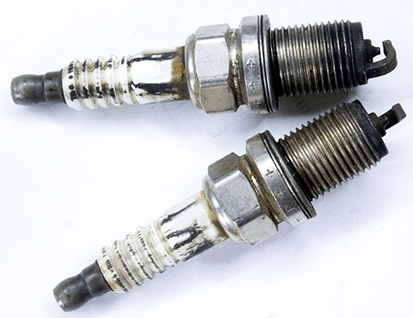8 Common Plumbing Mistakes to Avoid During a Remodel
A home remodel is an exciting opportunity to create a more functional and beautiful living space. Whether you’re renovating a bathroom, updating your kitchen, or doing a full-scale home transformation, one part of the project that deserves special attention is the plumbing work. Getting caught up in finishes and fixtures is easy, but even a minor plumbing mistake can lead to significant issues.
1. Skipping the Plumbing Inspection
An easy-to-miss step during a remodel is to inspect existing plumbing before starting the project. Pipes are almost always hidden behind a wall, and it’s tempting to assume they’re in good condition because they’re working. Older homes may have corroded, leaky pipes you can’t see.
2. Poor Planning and Layout Changes
Plumbing isn’t something that you can improve during construction. Failing to plan plumbing changes carefully, especially if relocating major fixtures like sinks, toilets, or showers, can cost you more later. Relocating plumbing means adjusting:
● Water Supply Lines
● Drain Pipes
● Vent Stacks
You might face poor drainage, reduced water pressure, or code violations without proper planning. Always work with a licensed plumber early in remodeling to develop a functional and code-compliant layout.
3. Using the Wrong Pipe Materials
Not all pipes are created equal. Choosing the wrong one or mixing incompatible materials can cause leaks, corrosion, or performance problems. For example, PVC and ABS are standard for drainage but must be matched correctly based on local code. Using cheap or improper materials to save money during a remodel often backfires in the long run.
4. DIY Without Proper Knowledge
Working on your home’s plumbing without professional help looks like a better option at first. You spend less, and you can work at your own pace. However, plumbing is one area where mistakes can quickly become expensive. Some DIY errors include:
● Incorrect pipe slope for drains
● Cross-connections between potable and non-potable water
● Improper venting
● Leaky joints from poor soldering or loose fittings
Unless you have plumbing experience, hiring a licensed professional is usually best. Plumbing codes vary by location, and incorrect installations may not pass inspection or could void insurance coverage.
5. Ignoring Local Plumbing Codes
Remodeling without checking local plumbing is inviting trouble. These codes ensure your plumbing system’s health, safety, and functionality. Any violation can delay your project, lead to failed inspections, or result in fines. Common code-related mistakes include:
● Not installing proper venting
● Using the wrong pipe sizes
● Placing cleanouts in inaccessible areas
● Incorrect spacing between fixtures
If you are unfamiliar with local codes, working with a licensed plumber would be best to ensure your remodel follows local requirements.
6. Underestimating Drainage Needs
Focusing only on the water supply is another mistake. Good drainage and venting are as important, especially in bathrooms and kitchens. Poor drainage design can cause frequent clogs, slow-draining sinks and tubs, or sewer gas orders entering your home.
Drain pipes need the correct slope, size, and venting. Suppose you’re upgrading to larger bathtubs, double sinks, or high-capacity appliances. In that case, your drainage system may need to be upgraded to handle the new flow.
7. Inadequate Water Pressure Planning
Adding new fixtures without assessing your water pressure can lead to disappointment. That sleek rain showerhead or modern multi-spray system won’t perform well under low water pressure. This issue might be due to undersized supply lines, old corroded pipes, or high water demand from new fixtures. Ensure your plumber evaluates whether your home can support your new features.
8. Improper Fixture Placement
Placing fixtures based only on aesthetics can backfire. For instance, putting a toilet in a visually hidden corner might look good. However, if it lacks enough clearance or proximity to venting and drainage, it may lead to plumbing problems. Every fixture must be placed according to clearances and plumbing system design. If not, you risk poor performance or needing to redo the work later.
Conclusion
Plumbing work may not be the most glamorous part of a home remodel, but it’s always been one of the most critical. Mistakes in this area can delay your project, damage your investment, and put your home at risk. Avoid these common plumbing errors as best you can, and work with professionals who understand the importance of proper design and installation.





